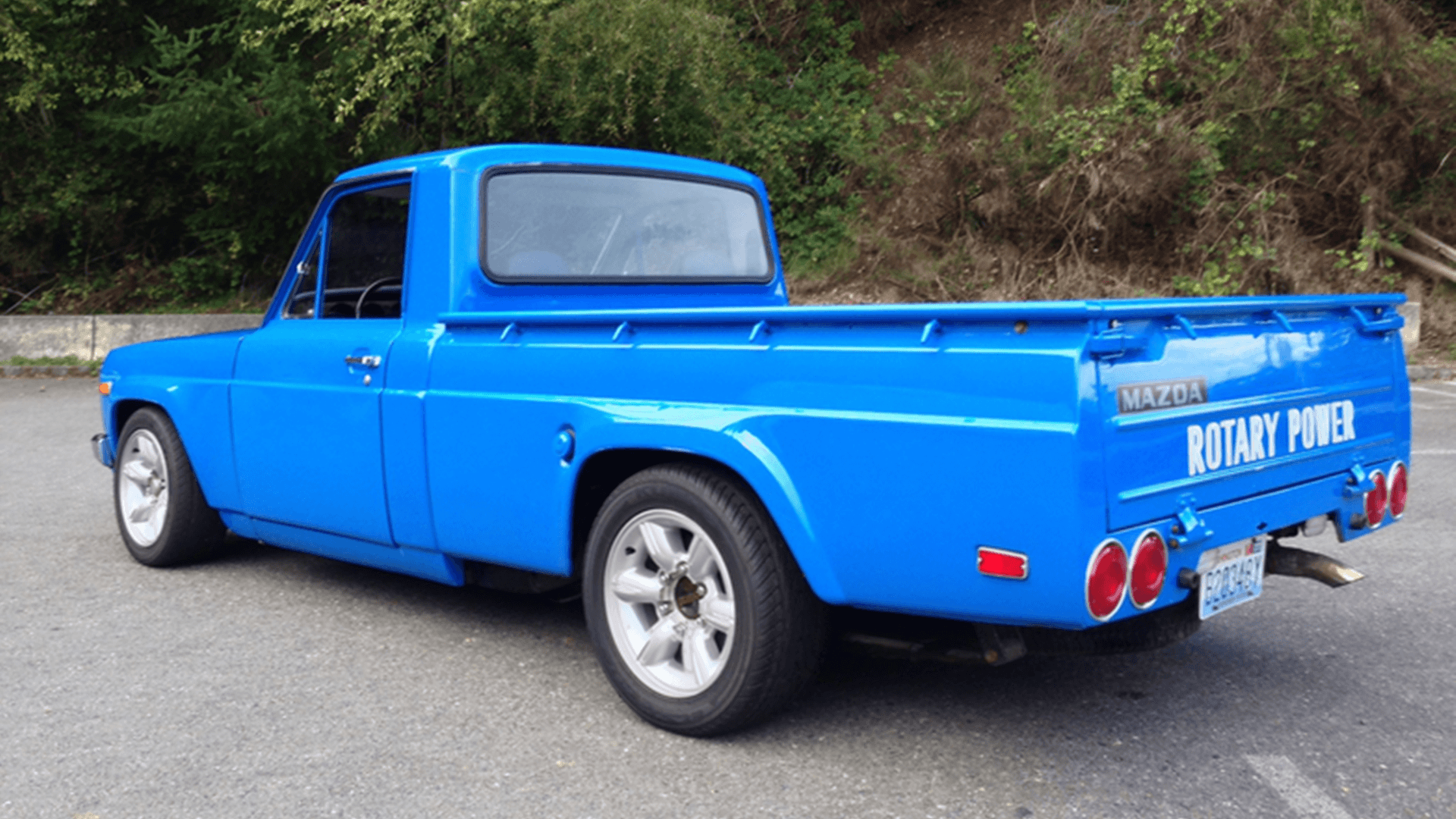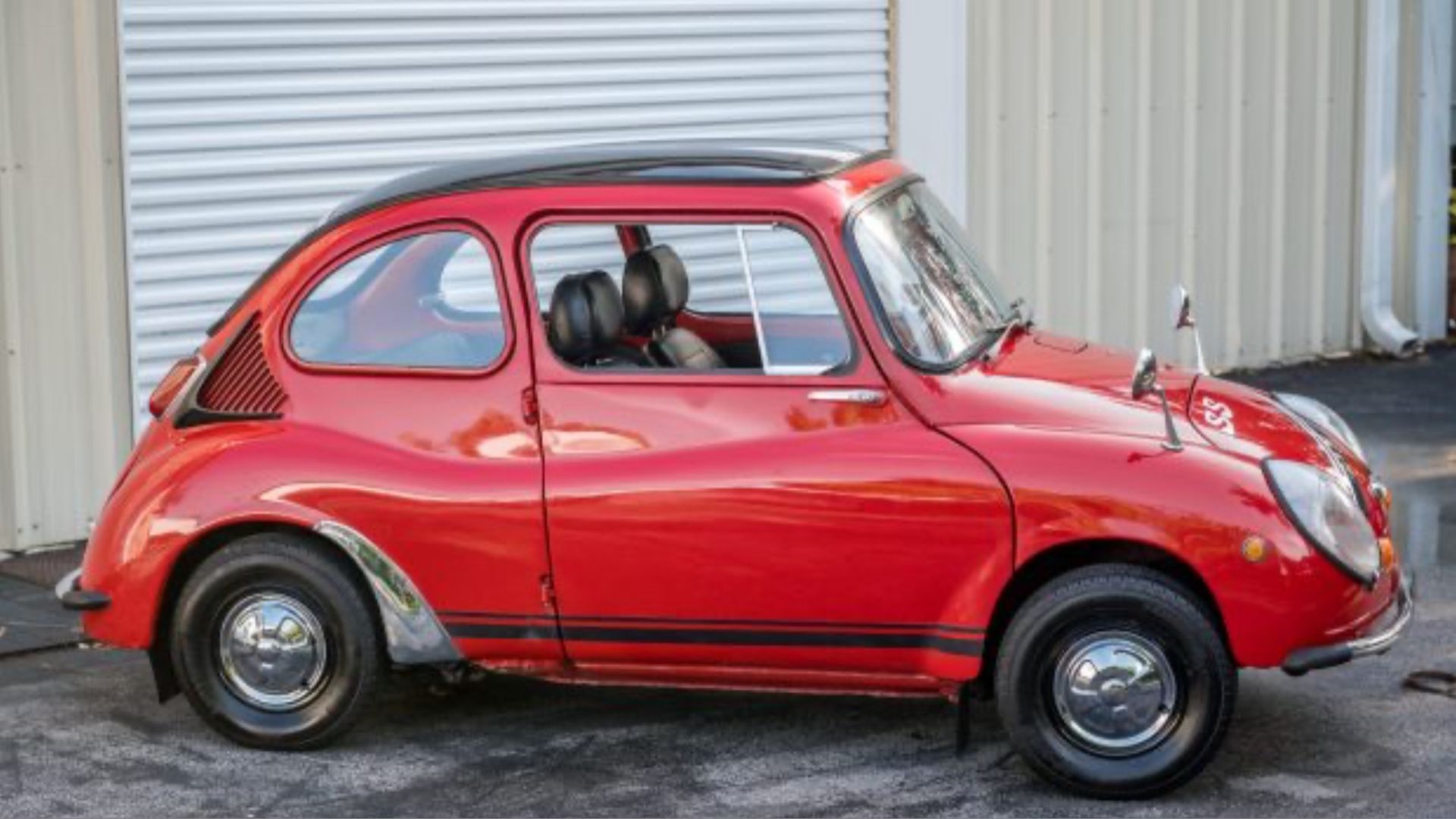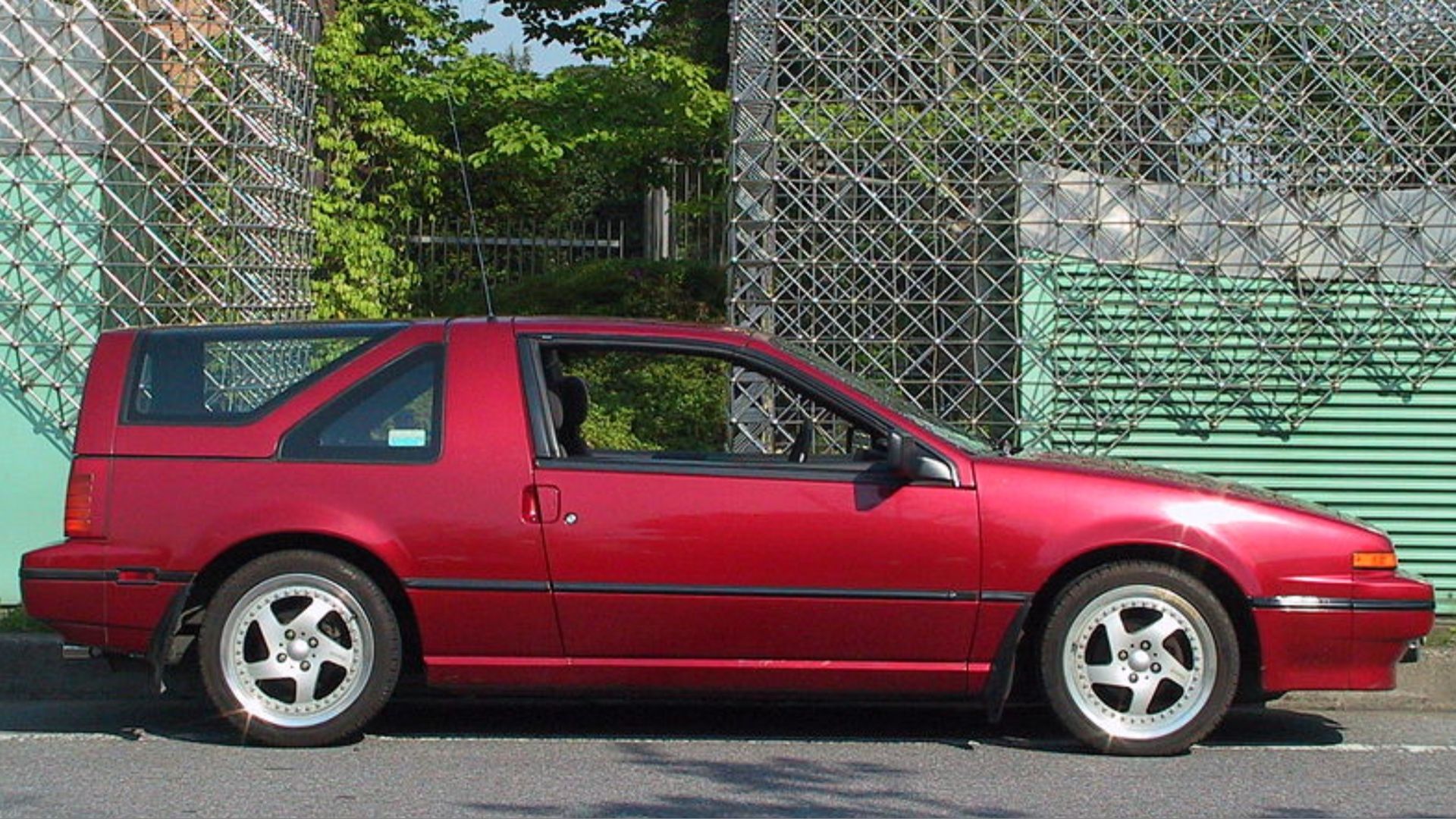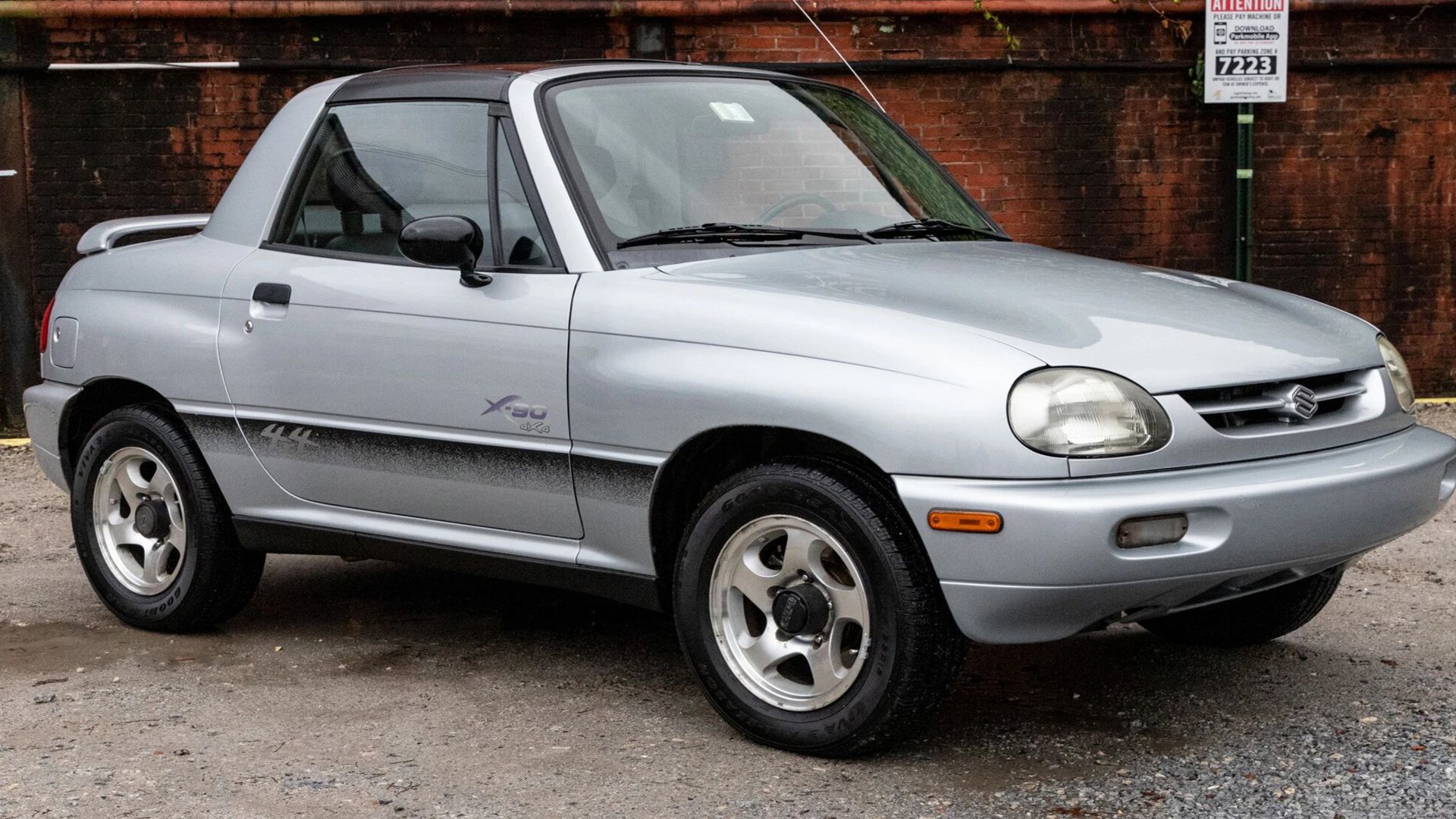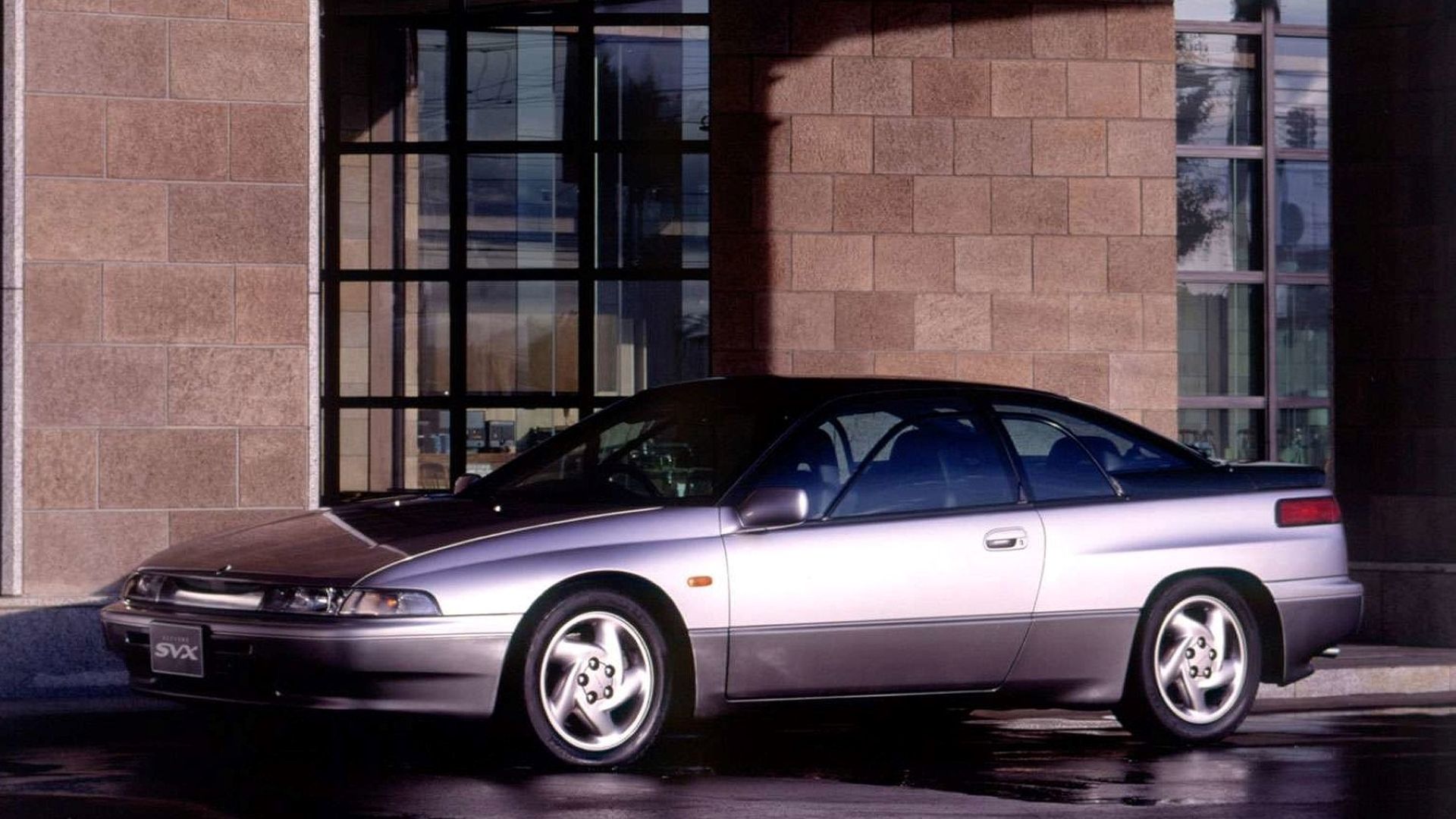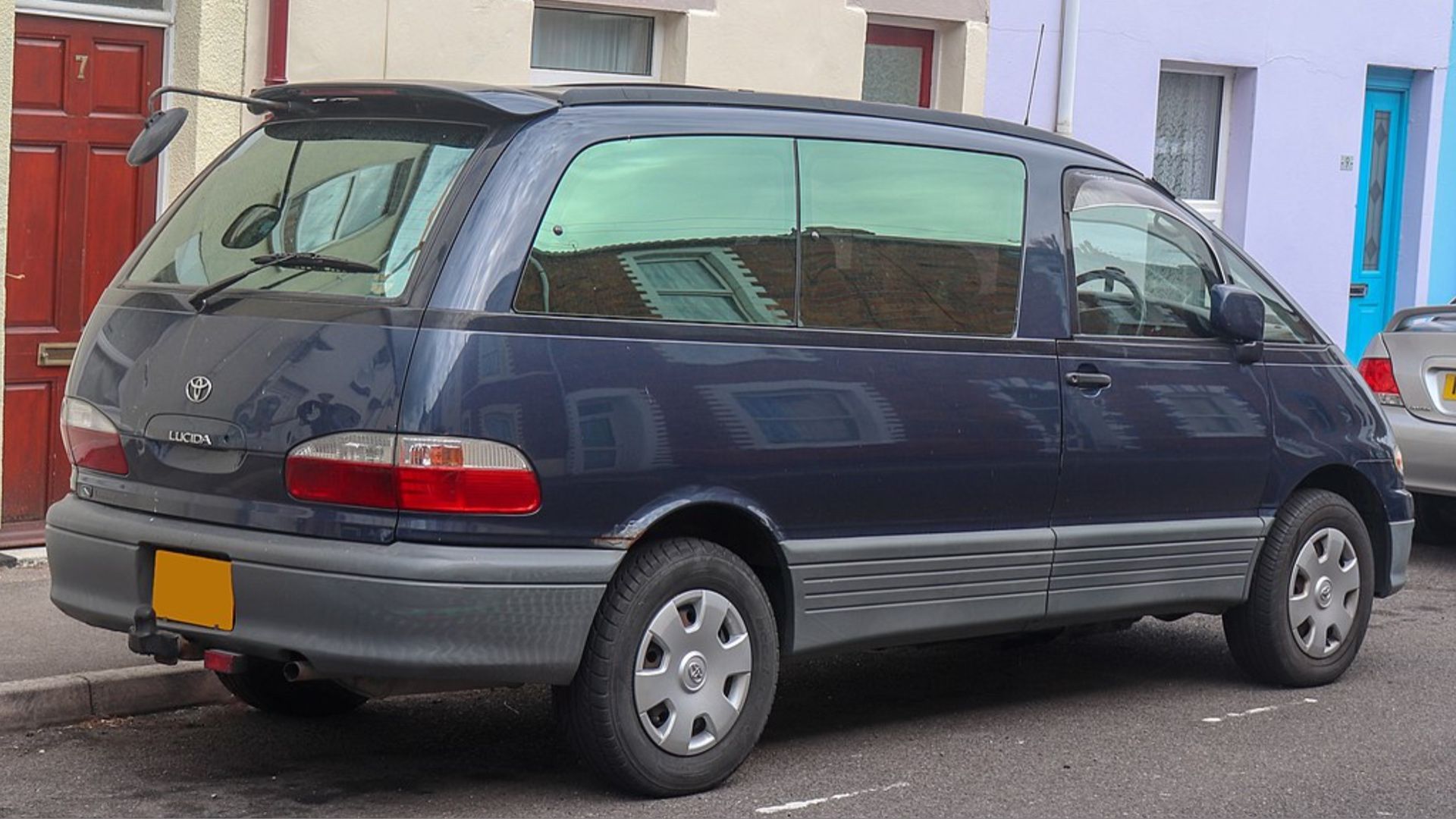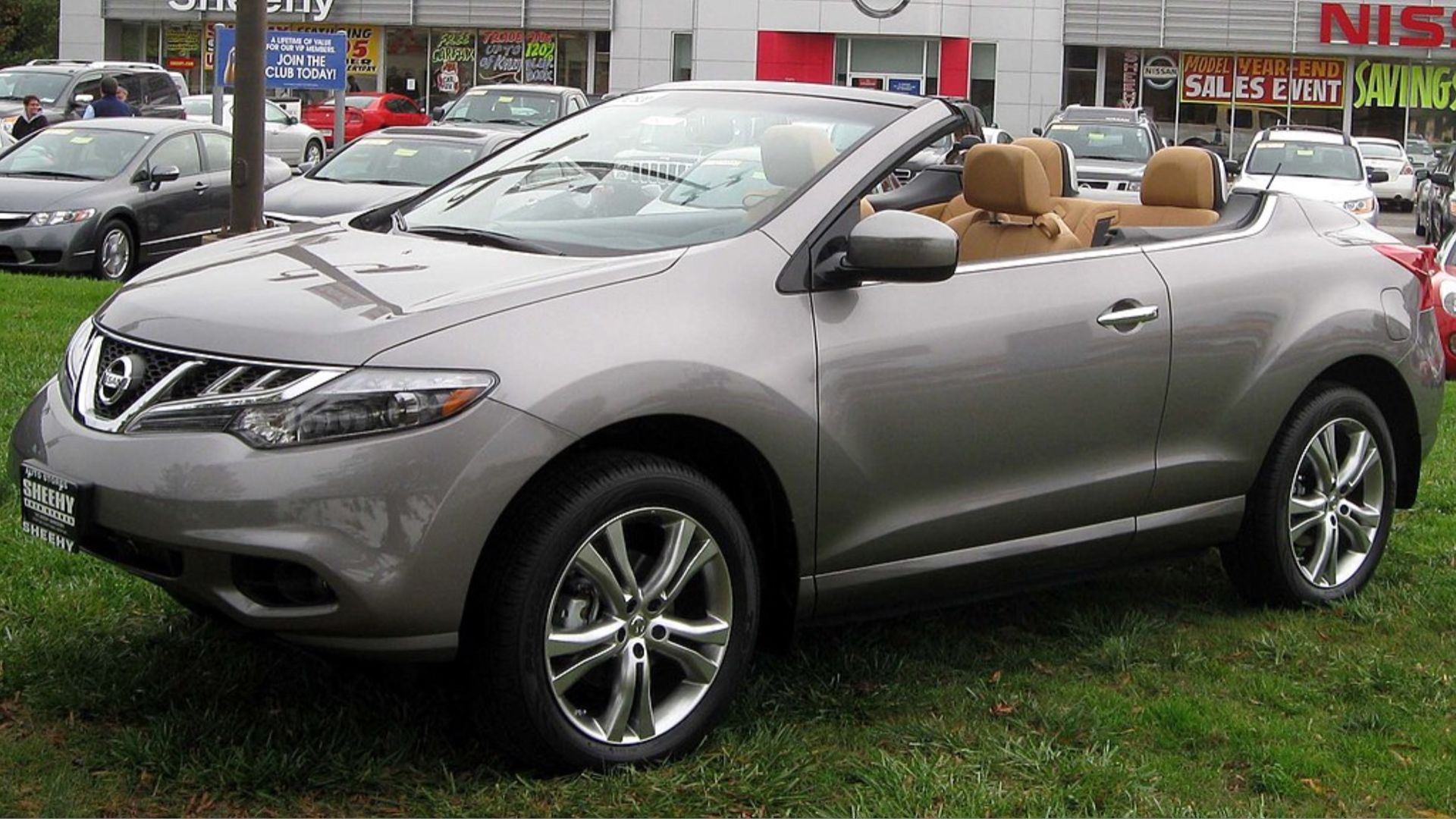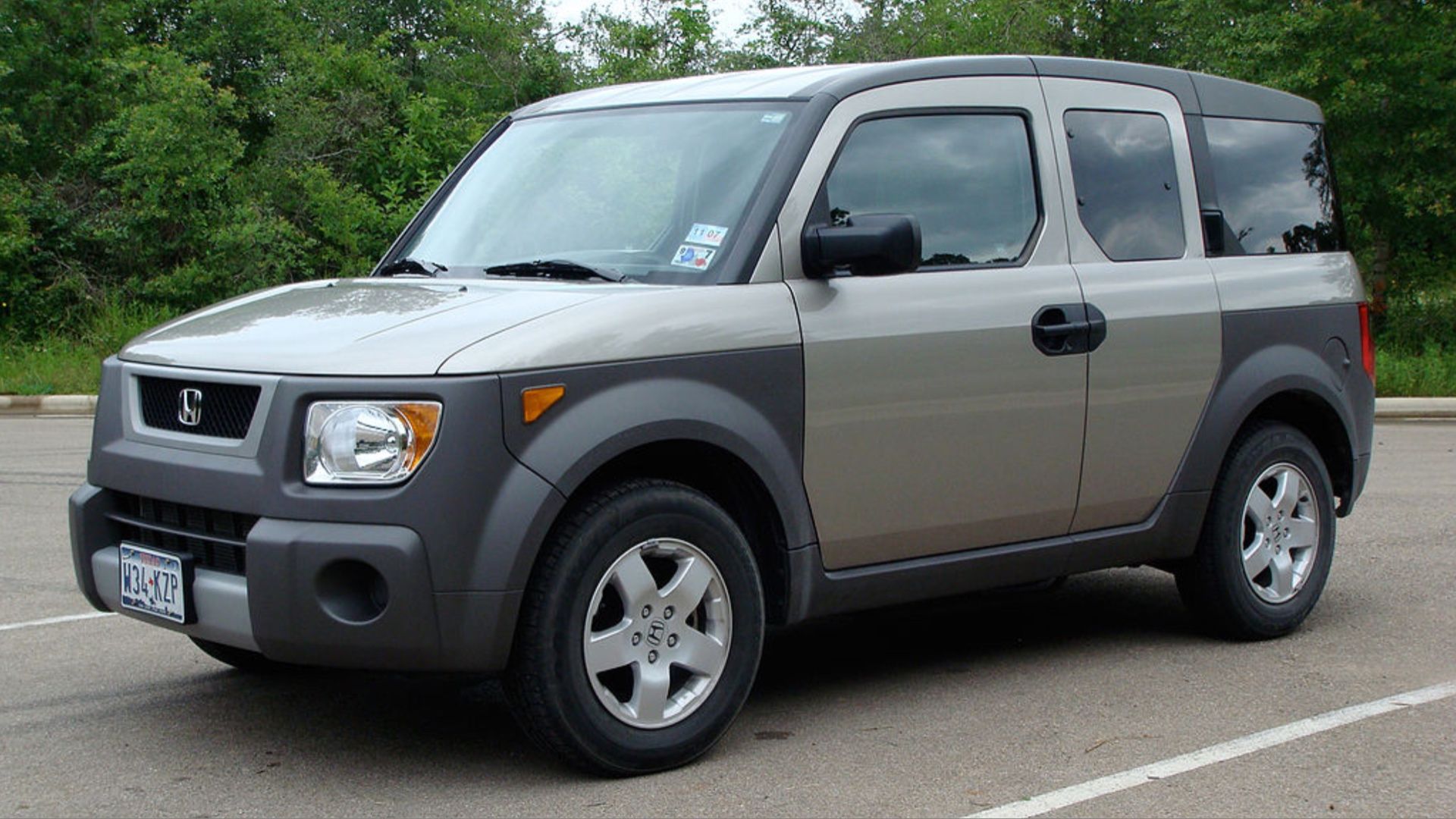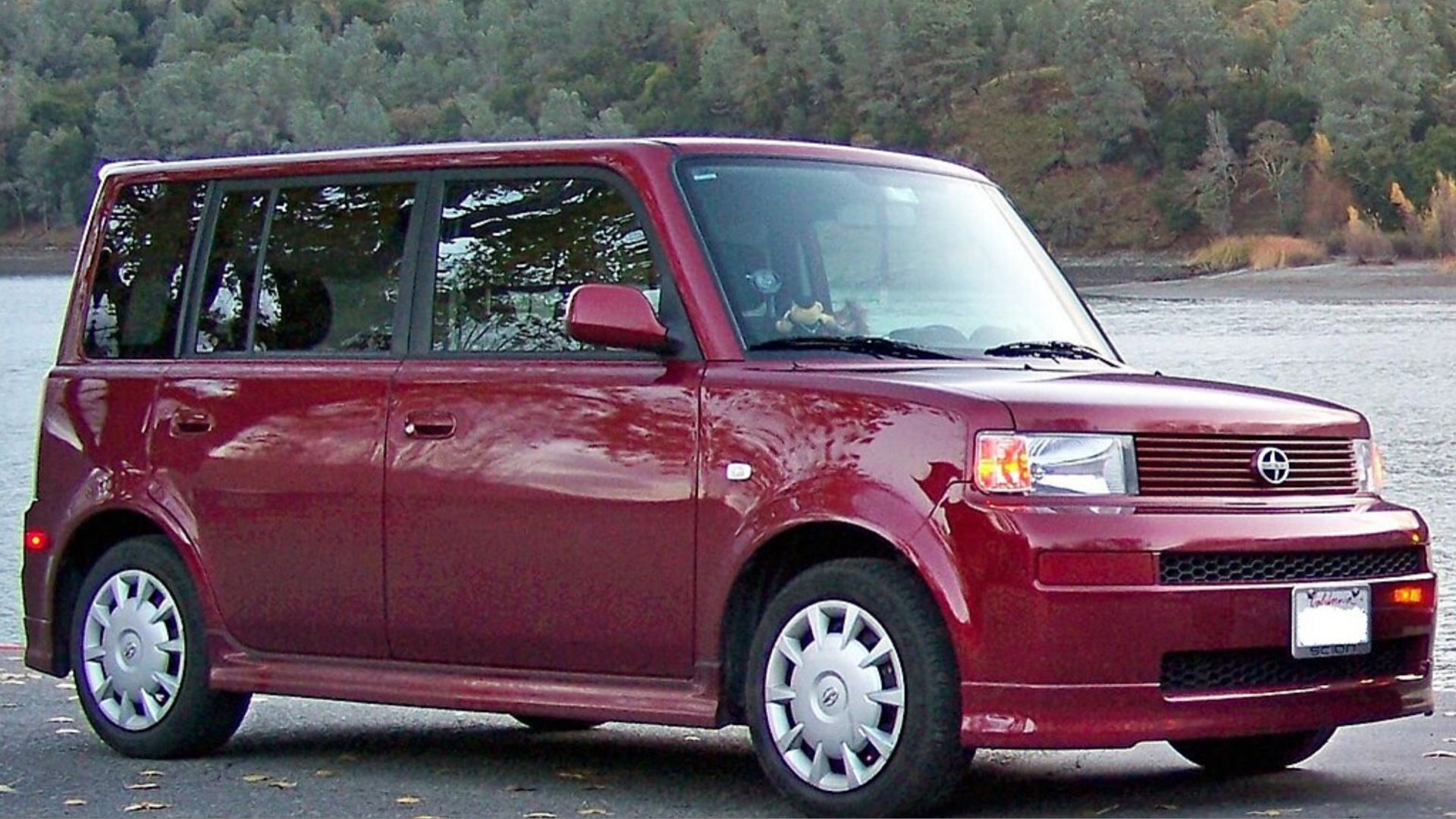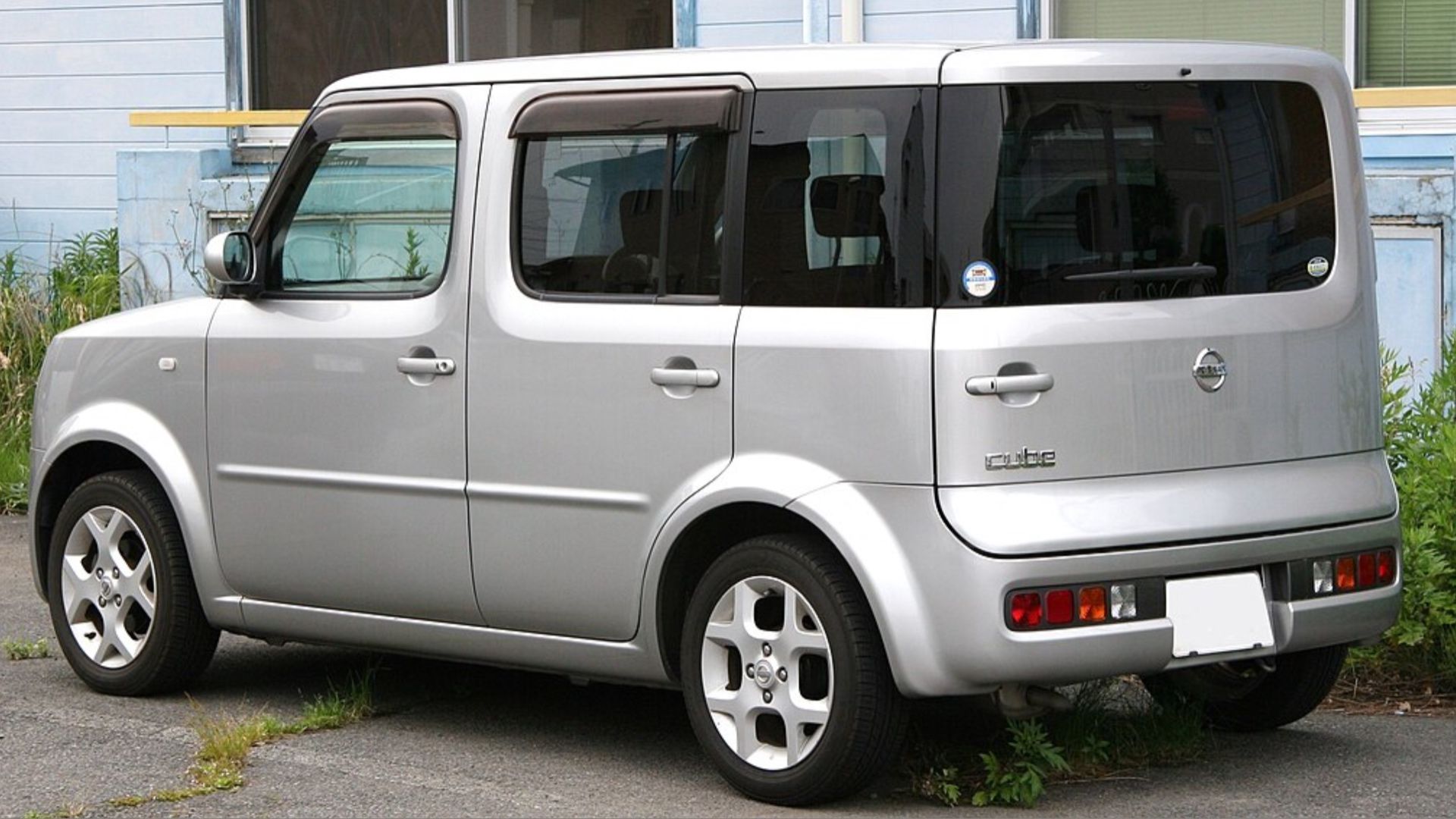There was a time when the idea of even buying a Japanese car was weird. Americans loved their roomy rides with powerful engines and couldn’t understand why anyone would buy a small underpowered car from another country. Then, in the early 1970s, a global oil crisis hit, and suddenly it seemed reasonable to purchase a cheap, reliable, fuel-efficient vehicle from anywhere, and it just so happened that Japan had the best offerings.
Japanese cars began hitting American shores in the late 1950s but really started taking off in the ’70s thanks to their quality and MPG. There were also some cars like the Datsun 240Z, that weren’t just solid, but also sporty and cool. Nowadays it would seem weird if there weren’t Japanese imports, as they have become as much a part of our culture as the Big Three Detroit automakers.
While Japanese cars are among the greatest sets of wheels to ever roll down American highways, not everything imported from that country was a huge success. Sticking with the weirdness theme, there have been some utterly bizarre imports from Japan that completely flopped, while offending most of the five senses. With odd styling cues and unwanted features there have been some seriously weird Japanese imports sold in America.
10 Japanese Imports That Aren’t Hondas Or Toyota’s, Ranked By Power Output
While Toyota and Honda were both responsible for some truly sensational import cars over the decades, Japanese automakers had so much more to offer
In order to give you the most up-to-date and accurate information possible, the data used to compile this article was sourced from various manufacturer websites and other authoritative sources, including Automobile Catalog, Car and Driver, and MotorTrend. We’ve done our best to rank vehicles based on a sliding aesthetics scale from weird to weirdest.
10 Mazda REPU
Rotary Failure
From a styling standpoint, the Mazda Rotary Engine Pick-up (REPU) isn’t the wierdest thing ever made. It’s not the greatest-looking truck in existence, but it’s perfectly serviceable as a compact pickup and isn’t likely to cause retching. The name ain’t great and what it stands for, specifically the rotary engine, is why it lands on the list of weird Japanese imports.
Performance Specifications
|
Engine |
1.3-liter rotary engine |
|
Transmission |
Four-speed manual |
|
Horsepower |
110HP |
|
Torque |
117 pound-feet |
|
Driveline |
Rear-wheel drive |
|
0-60 MPH |
11.0 seconds |
|
Top Speed |
135 mph |
|
Towing Capacity |
1,800 lbs |
|
Payload Capacity |
1,400 lbs |
(Data was collected from Road & Track)
The first pickup with a Wankle Rotary Engine is also the only one because it wasn’t a spectacular fit. The idea of a rotary motor is cool, but in practical terms, they use way more gas than a traditional cylinder engine and tend to blast un-ignited fuel out of the tailpipe. Sold only in North America from 1974 to 1977, the Mazda REPU was a failure, selling just 14,366 units, mostly in the first year.
- 632 Mazda REPUs sold in 1976
- The Mazda REPU was discontinued in 1977
9 Subaru 360
No Style, No Substance
The Subaru 360 probably doesn’t even qualify as a passenger vehicle and that’s not just mean-spirited trash-talk. Weighing under 1,000 pounds, it was not subject to U.S. highway safety regulations, the same as golf carts and mopeds. Also, with a two-stroke engine it was powered (underpowered) by essentially a chainsaw motor.
Performance Specifications
|
Engine |
356cc two-stroke inline two-cylinder |
|
Transmission |
Four-speed manual |
|
Horsepower |
25HP |
|
Torque |
25 pound-feet |
|
Driveline |
Rear-wheel drive |
|
0-60 MPH |
37.0 seconds |
|
Top Speed |
60 mph |
(Data was collected from Conceptcarz)
The 360 was imported by oddball businessman, Malcolm Bricklin, who also brought the equally awful Yugo to America. While the Subaru import would have been fine on the links, its complete lack of size and safety features made it a deathtrap on the roads. It also had the disadvantage of being an eyesore on four tiny wheels.
8 Nissan Pulsar NX Sportbak
Draggin’ Too Much Wagon
There was nothing inherently wrong with the styling of the Nissan Pulsar NX that was imported to the U.S. starting in 1987. It was a wedge-shaped sporty coupe that fit in with cars of the 1980s, but for some reason, Nissan made it with a removable hatchback. Again, this isn’t the odd part, but then they offered it with a drop-on station wagon canopy, known as the Sportbak.
Performance Specifications
|
Engine |
1.6-liter I-4 |
|
Transmission |
Four-speed automatic |
|
Horsepower |
118HP |
|
Torque |
99 pound-feet |
|
Driveline |
Rear-wheel drive |
|
0-60 MPH |
10.0 seconds |
|
Top Speed |
125 mph |
(Data was collected from Automobile Catalog)
Not only was that some poor spelling, but it was also a completely horrendous design. The Pulsar NX Sportbak is a regular on every list of ugliest cars, and it’s not one of those things that were ahead of its time and have since become appreciated. It was strange-looking three decades ago, and it hasn’t matured with age. It was replaced in 1991 by the Nissan NX, sans the weird back end.
- The Nissan Pulsar NX Sportbak had a removable T-top roof
- Despite being a Japanese import, the Pulsar NX Sportbak was designed in the U.S.
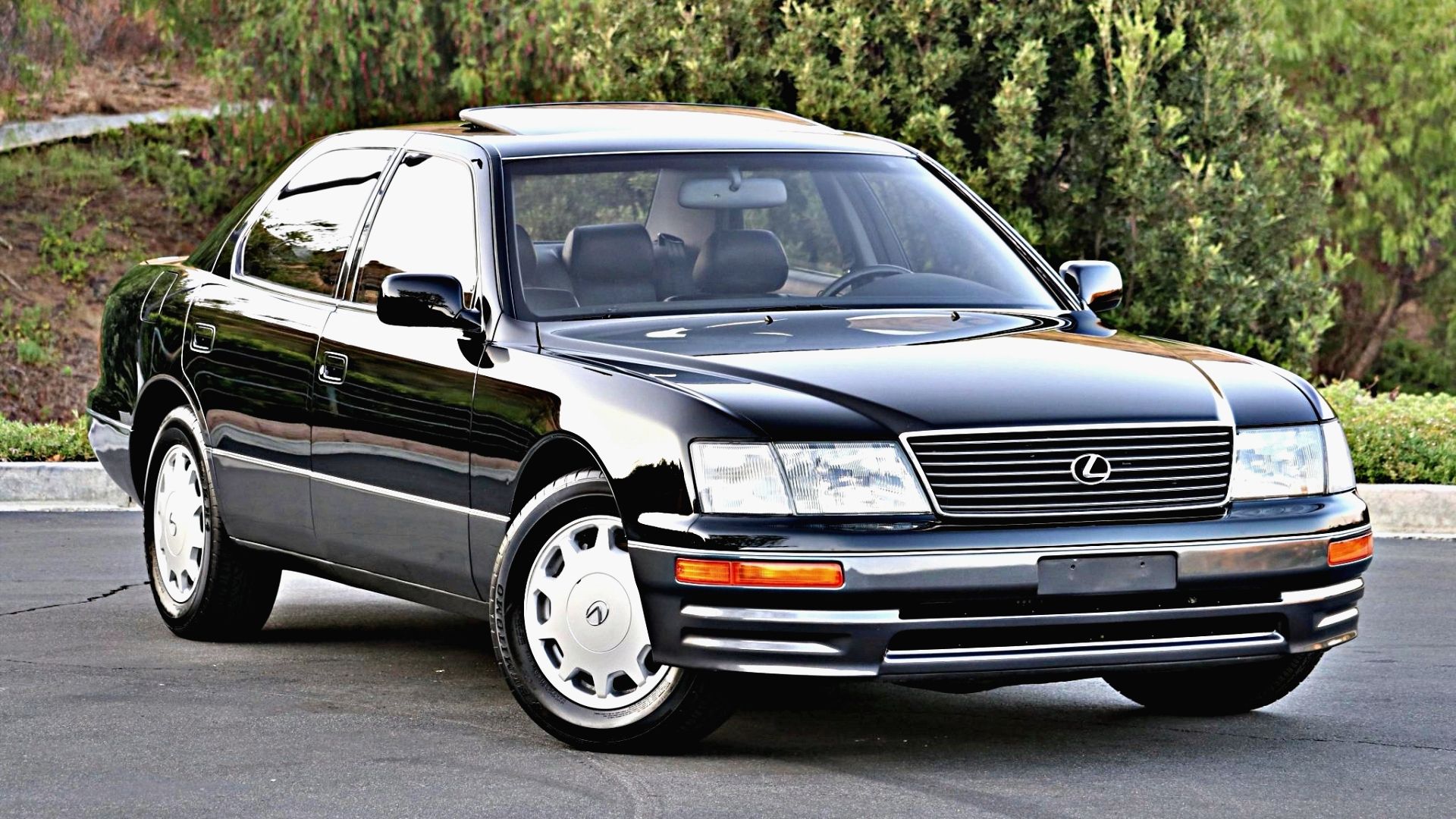
10 Most Significant Japanese Luxury Cars
From old-school stately limos to the tech-laden cars of today, here are some of the most noteworthy JDM luxury models of all time
7 Suzuki X-90
Too Little, Too Late
Suzuki has been selling killer motorcycles in the U.S. since the early 1960s, and their foray into passenger vehicles with the Samurai was the cult hit of the 1980s. Not everything the Japanese company has tried to sell in North America, however, has been a hit. To follow up on the Samurai, they came out with the X-90, which is such a weird vehicle, that it defies classification.
Performance Specifications
|
Engine |
1.6-liter four-cylinder |
|
Transmission |
Four-speed automatic |
|
Horsepower |
95HP |
|
Torque |
98 pound-feet |
|
Driveline |
Four-wheel drive |
|
0-60 MPH |
13.3 seconds |
|
Top Speed |
94 mph |
(Data was collected from Car and Driver)
The X-90 isn’t a compact SUV, nor is it a subcompact car, but it does have elements of both, just not in a visually pleasing way. It also only had two seats, but it definitely wasn’t a sports car. The few people who actually bought one of these atrocities probably got sick of people shouting “What the hell is that?” at them, but because of the tragically underpowered engine, couldn’t drive away from the laughter fast enough.
- 7,205 people actually bought a Suzuki X-90 between 1995-1997
- MotorTrend named the Suzuki X-90 the #1 worst car of the 1990s
6 Subaru SVX
Window of Missed Opportunity
The Subaru SVX, introduced to the U.S. for the 1992 model year, isn’t the oddest thing ever made, but it also isn’t the snappiest-looking import. It was Subaru’s attempt to enter the luxury car market, and it came with a price tag that was over ten grand more expensive than anything the company had ever made. Price, however, was not the issue with this flop, the windows were.
Performance Specifications
|
Engine |
3.3-liter H-6 |
|
Transmission |
Four-speed automatic |
|
Horsepower |
230HP |
|
Torque |
224 pound-feet |
|
Driveline |
All-wheel drive |
|
0-60 MPH |
7.3 seconds |
|
Top Speed |
143 mph |
(Data was collected from MotorTrend)
Explained as a “window-within-a-window configuration”, only a portion of the side windows could actually roll down. For some reason, they made the side windows too big to fit inside the door, so they segmented them, never thinking that people may actually want to roll the whole thing down. It also didn’t help that SVX kind of looks like “SUX,” which added to the car sales underperforming.
- Subaru planned on selling 10,000 SVX cars a year in North America
- Subaru sold 5,280 in 1992 and sales dropped to 640 in its final year
5 Toyota Previa
Driving on Eggshells
Toyota doesn’t make many mistakes, but the Previa minivan sticks out as a glaring error. Designers never even bothered to find out if people wanted to drive an egg-shaped van before unleashing it in the United States in 1991. They found out the hard way that not too many people want to sit in something that hens sit on, and it failed to steal any significant market share away from the successful Chrysler minivans.
Performance Specifications
|
Engine |
2.4-liter I-4 |
|
Transmission |
Four-speed automatic |
|
Horsepower |
138HP |
|
Torque |
154 pound-feet |
|
Driveline |
Rear-wheel drive |
|
0-60 MPH |
12.2 seconds |
|
Top Speed |
106 mph |
(Data was collected from Car and Driver)
The Previa had other issues besides the unappealing styling that helped sink it. It was much more expensive than the Dodge Caravan, the Chrysler Town and Country, and Plymouth Voyager, plus it didn’t offer a V-6 option. In fact, the Previa’s wimpy I-4 was the weirdest thing about the import, because it was mounted under the front seats and could only be accessed by removing the driver’s seat.
- The Toyota Previa was sold in the U.S. from 1991-1997
- The Previa was replaced by the less-weird Toyota Sienna
4 Nissan Murano CrossCabriolet
Dorky Incarnate
Automakers like to give their cars made-up European-sounding names to give them a sense of class and performance. The Subaru Impreza sounds impressively Italian and the Buick LeSaber conjures up images of a mighty sword cutting through the wind. Then, there’s the Nissan Murano, which comes across like a Latin moron.
Performance Specifications
|
Engine |
3.5-liter V-6 |
|
Transmission |
CRT automatic |
|
Horsepower |
265HP |
|
Torque |
248 pound-feet |
|
Driveline |
All-wheel drive |
|
0-60 MPH |
7.7 seconds |
|
Top Speed |
134 mph |
(Data was collected from Automobile Catalog)
Then again, it may be the most apt name for a vehicle, because one would have to be a dope to buy a Nissan CrossCabriolet. Although looks are subjective, the Murano has never been a particularly attractive crossover SUV, but as a convertible, it was one of the dorkiest cars ever conceived. Nissan tried to bury the CrossCabriolet production numbers within the total Murano sales figures, but GetJerry.com untangled them and found that only 5,769 units were sold in three years.
- Murano is an island off of Venice, Italy
- In Italian, Murano means to wall up or embed within a wall
3 Honda Element
Crossover To Wierdness
With the exception of the NSX or the S200, Hondas have always been kind of plain, and unassuming vehicles. They are probably the best-made rides ever produced, but for the most part, they are not terribly exciting. They also have never been downright wierd until 2003 with the release of the hump-backed Element crossover SUV.
Performance Specifications
|
Engine |
2.4-liter I-4 |
|
Transmission |
Four-speed automatic |
|
Horsepower |
160HP |
|
Torque |
161 pound-feet |
|
Driveline |
Front-wheel drive |
|
0-60 MPH |
8.4 seconds |
|
Top Speed |
114 mph |
|
Towing Capacity |
Trucks And SUVs Only! |
|
Payload Capacity |
Trucks And SUVs Only! |
(Data was collected from Automobile Catalog)
Even calling the Element an SUV seems wrong because it was sort of a mutant minivan with a bulbous roof. Adding to the overall unattractiveness of the vehicle were the plastic body panels and accents. Amazingly, 325,000 Elements were sold in the U.S. over 9 years of production, proving that not everyone has a sense of style.
- Honda promoted the Element with a crab named Gil, who liked to pinch
- The Element also came out with a dog-friendly trim in 2009
2 Scion xB
Boxing Match TKO
A 1949 Ford, a 1957 Chrysler, and a 1957 Chevy are considered “Shoebox” cars, but despite the slightly negative-sounding name, they were hot rides. In 2003, Toyota’s low-rent division, Scion, decided to build a literal shoebox car in the XB, and it was anything but sizzling.
Performance Specifications
|
Engine |
1.5-liter I-4 |
|
Transmission |
Four-speed automatic |
|
Horsepower |
108HP |
|
Torque |
105 pound-feet |
|
Driveline |
Rear-wheel drive |
|
0-60 MPH |
11.2 seconds |
|
Top Speed |
106 mph |
(Data was collected from Automobile Catalog)
The only thing the xB had going for it was that it had a slightly better name than the Toyota Yaris on which it was based. The second generation xBs, launched in 2997, attempted to smooth out the sharp edges, but didn’t address the vehicle’s problem with unrepressed boxiness. As bizzare as this car was, it actually did quite well and lasted for 14 model years. Again, not everyone cares how dorky their ride looks.
- Toyota pulled the plug of Scion in 2016
- The “xB” name is meaningless, other than Scion marketing thought it would resonate with young people

10 Times Japanese Carmakers Showed A Stroke Of Genius
Be it improving upon an existing formula, or taking an unconventional route, automotive innovations put the spotlight on the Japanese way
1 Nissan Cube
More Puzzling Than A Rubric’s Cube
Anything squared is doubled and anything cubed is tripled. In 1998, Nissan took the odd factor three-fold with the Cube subcompact whatchamacallit. Mercifully, this hideous vehicle stayed out of the North American market for a while, but in 2009, Nissan brought it to the U.S. In a seemingly impossible feat, designers made it even wierd for the American version.
Performance Specifications
|
Engine |
1.5-liter I-4 |
|
Transmission |
Five-speed manual |
|
Horsepower |
158HP |
|
Torque |
162 pound-feet |
|
Driveline |
Front-wheel drive |
|
0-60 MPH |
8.4 seconds |
|
Top Speed |
123 mph |
(Data was collected from Automobile Catalog)
With a window that wrapped around from the driver’s side to the back, the Cube looked like a ride from a bad 1970s dystopian future movie. Despite positively dismal sales numbers, the Cube continued to be sold in the U.S. for nearly a decade. With a boxy design, weird styling, and unnerving general appearance, the Nissan Cube earns the top spot on the weirdest Japanese vehicles to ever be imported to the United States list.
- Nissan scored three spots on this weirdest Japanese imports list
- Nissan continued to make the Cube for the Japanese market until 2019
Credit: Source link

